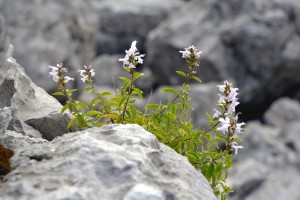The Battle for Sutjeska
The battle for Sutjeska is a campaign that started as a reaction to plans for the construction of small hydropower plants on the rivers Sutjeska and Hrčava in Sutjeska National Park. Centre for Environment has brought together experts from the field of natural sciences, as well as a large number of non-governmental organizations, which together demonstrate the possible negative impact of hydropower plants on the most important natural area in our country. Sutjeska National Park is our first and largest national park in which the canyons of the Sutjeska and Hrčavka rivers, together with the Perućica primeval forest, represent the habitat of many endangered and endemic species, and species of European and international importance.
POWER PLANTS ARE AN ATTACK ON THE EXISTENCE OF THE NATIONAL PARK
When it comes to hydro power plants in such a space, which is untouched, this would certainly be the reason for the abolition of a national park, because it does not support such interventions, according to norms that apply in the everywhere in the world.

Živko Rapić, mr. sc., dipl. ing. šumarstva
NATURE PROTECTION IN BIH IS BECOMING AN APSURD
Although the management of protected areas in our country is very difficult, we consider that this small percentage we have, we have to protect. If we cannot defend the Sutjeska National Park from such negative infrastructure projects, it is a question how we will deal with other areas in our country that are not yet protected.

Nataša Crnković, dip. ekolog zaštite životne sredine
NATIONAL ECONOMY IS BEING REPAIRED BY DESTROYING THE NATIONAL PARK?
To improve the national economy with the construction of a hydropower plant in a national park is absurd. There is enough water potential, as in the Foča municipality, as well as in the Republic of Srpska, as well as in Bosnia and Herzegovina.

Radenka Srndović, bivša direktorica NP Sutjeska
WHY THE ENDEMIC SPECIES ARE IMPORTANT TO US?
Sutjeska National Park is undoubtedly our most biologically valuable area with many endemic, relict and endangered plant species. Hence, the planning of the construction of a hydropower plants without assessing the effects on steno-endemic species such as Edraianthus sutjeskae (that lives only in the canyon of Sutjeska and nowhere else in the world), Cardamine maglicensis, and Daphne malyana represents the crown of nebulae and awe to that unique nature.
Organizacije iz BiH koje podržavaju Bitku za Sutjesku





